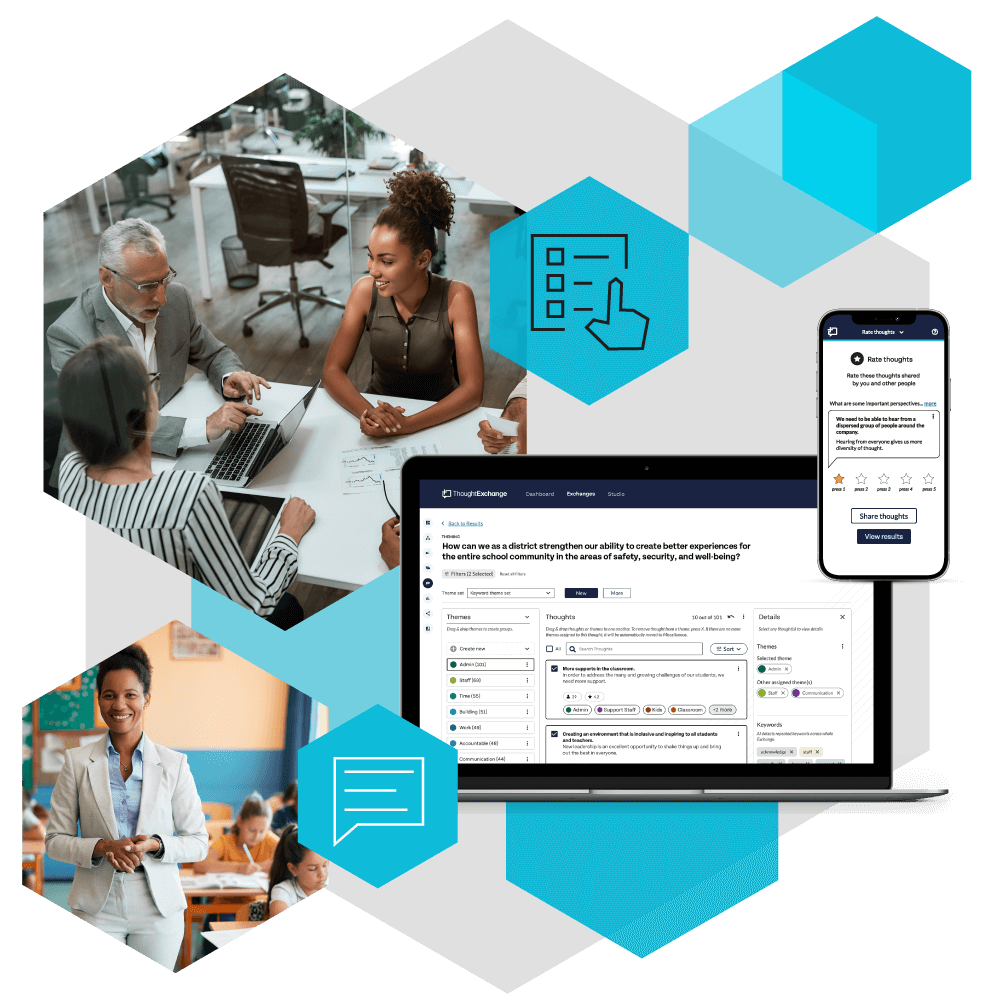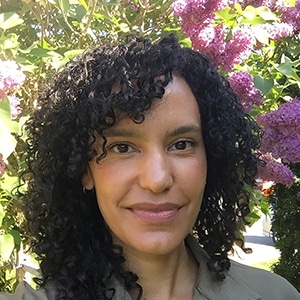Make your educational leadership style work for you








5 Effective Leadership Styles in Education—How to Make Them Work for You
As an education leader, you play a pivotal role in your district’s success—from guiding students along their learning paths to providing safe, inclusive school environments, to making important budget decisions. And although the last few years have been especially challenging, you need to keep showing up and doing your job well. Your community depends on it.
So how do you do it right? There are many educational leadership styles to work with. Here, we discuss five effective leadership styles in education and how to make them work for you.
See ThoughtExchange in Action — Explore the Product Tour
In this Article
- What are educational leadership styles?
- The 5 most effective educational leadership styles
- Instructional leadership
- Coaching leadership
- Democratic leadership
- Constructivist leadership
- Transformational leadership
- Include your community in decision-making to enhance your leadership style
- Making your educational leadership style work for you
What are educational leadership styles?
Leadership in education is a key component of a positive school culture and profoundly impacts student learning and achievement. In fact, with the right approach, effective school leadership can provide the key to education transformation, changing an average school or district into a successful one.
Using effective leadership practices in schools is crucial to providing an appropriate learning environment for students. There is no “best” leadership style in education—leaders can apply different leadership methods based on needs.
Leadership styles may vary. And from instructional to democratic to transformative, not all educational leadership styles are equal. Let’s look at some of the most effective styles and how to make them work for you and your district.
The 5 most effective educational leadership styles
Instructional leadership
Instructional leadership focuses on teaching quality. Schools focus on developing teachers to ensure their students get the best possible learning experience.Coaching leadership
Coaching is effective for long-term development. It encourages teachers and students to experiment with new ways to develop their strengths and be more aware of their weaknesses. This increases self-awareness and helps individuals focus on their strengths.Democratic leadership
Democratic leadership encourages peers to discuss their problems and collaborate to find a solution. School administrators use it to solve problems, make curriculum decisions, or work out issues with how the school is functioning. Teachers use democratic leadership to foster collaboration, communication, and teamwork in their students—all of which help them succeed in their future lives.Constructivist leadership
Constructivism allows students to deepen their understanding of what they’re learning by interacting with one another and exploring their perspectives on a particular topic or issue. It empowers and builds confidence.
Using this leadership style, teachers start with a problem and let their students find solutions. They also encourage their students to share ideas, collaborating to solve problems together.
When teachers give students opportunities to explore, discover, and create, students develop skills that will help them succeed in college and beyond
Transformational leadership
Transformational leadership is an effective way to teach and run a school. Following this model, educators—deans, principals, professors, and teachers—lead by example. This style focuses on role-modeling, where leaders influence, inspire, and encourage employees to deliver positive change.
A transformational leader will work with teams beyond their immediate self-interests to identify needed change and create a vision to guide it.
Leaders create an innovative culture in the school by inspiring others. As a result, people running the education institute share a sense of purpose and are also given a chance to have their voices heard during the decision-making process.
Include your community in decision-making to enhance your leadership style
Whatever leadership style you choose, from instructional to transformational to any style in between, include your community for the best results. Creating an inclusive environment for your district and your schools, where you tap into your community’s insights—and use them—is key.
Our partners are doing educational leadership right. They’re using ThoughtExchange to enhance and broaden access to engagement initiatives; ensure priorities are aligned to build trust, empathy, and belonging; and create equity at scale.
Saddleback Valley USD includes community voice in district plans
Michael Gomez, Ed.D., District Coordinator of Assessment, Accountability, and New Teacher Induction for Saddleback Valley USD, exemplified transformational leadership when he adopted ThoughtExchange survey and community engagement software.
He gathered diverse perspectives and nuanced data from his entire district to inform his plan, using the platform to enhance and broaden access to the district planning process. This allowed him to make informed decisions that were more likely to be supported by the community.
Washington’s Highline Public Schools establishes community trust to pass bond
Superindendent Dr. Susan Enfield knows that passing a bond doesn’t happen overnight. Gaining the community's confidence takes time, trust, and transparency. Constituents need to share their thoughts and concerns, know you value the money they’re trusting you with, and believe you’ve really heard them.
Dr. Enfield shares how creating a fair process through ThoughtExchange helped her district pass a bond for the first time in 10 years:
U-46 students shape critical African American studies curriculum
Dr. Teresa A. Lance, Assistant Superintendent of Equity and Innovation at Illinois’ Elgin School District U-46, tapped into her students’ voices to create an African American Studies course. This helped create equity at scale and aligned with the district’s mission to systematically meet students’ unique learning needs while preparing them to contribute to a global community.
Teresa Lance, Ed.D., Assistant Superintendent of Equity and Innovation,
Elgin Area School District 46, Illinois
Making your educational leadership style work for you
Your leadership style is integral to creating a positive school culture and influencing your students’ learning and achievements. Consider using an engagement and survey platform like ThoughtExchange to enhance and broaden access to engagement initiatives; ensure priorities are aligned to build trust, empathy, and belonging; and create equity at scale.
By tapping into your community’s collective intelligence and including them in the decision-making process, you can help your district thrive.
Ready to learn how ThoughtExchange can help you take your educational leadership style to the next level?







